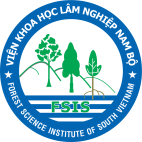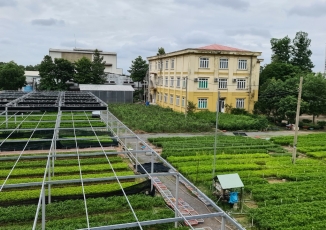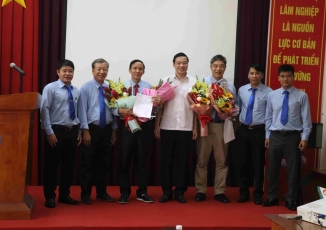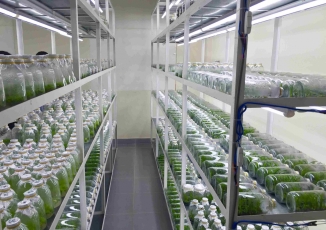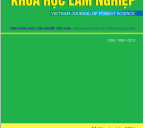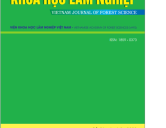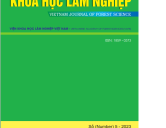Growth, physiological responses and wood production of an Acacia auriculiformis plantation in southern Vietnam following mid-rotation thinning, application of phosphorus fertiliser and organic matter retention
Growth, physiological responses and wood production of an Acacia auriculiformis plantation in southern Vietnam following mid-rotation thinning, application of phosphorus fertiliser and organic matter retention
Vu DinhHuongacDaniel S.MendhambcChrisBeadlebcNguyen XuanHaiaDugald C.Closec
Abstract
Acacia auriculiformis plantations are widely planted in Vietnam. Initially they were grown for wood chip production, but these plantations have potential to be managed for higher value sawing and/or peeling grade logs, through enhanced silvicultural management. This study sought to understand the impact of resource constraints on responses of A. auriculiformis plantations to thinning, phosphorus fertiliser application and slash retention at age four years on growth and physiology of A. auriculiformis trees to rotation end at age nine years. A trial in South Vietnam had a factorial combination of thinning (unthinned (planted at 1666 trees ha−1), or thinned to 833 trees ha−1), P fertilizer (Nil, or 50 kg P ha−1), and organic matter manipulation (slash and litter retained or removed).
Thinning significantly increased photosynthetic rate (Amax) compared to control (unthinned) for at least 12 months after treatment application. Combined thinning and phosphorus fertiliser (P) application increased Amax, but Amax in the unthinned treatment did not significantly increase when supplied with additional P. Foliar nitrogen and phosphorus concentrations were greater in thinned than in unthinned treatments. Thinning commensurately reduced the leaf area, but subsequently, leaf area increased again in the thinned treatments compared to the unthinned treatments, such that twenty months after thinning there were no significant differences in leaf area index between thinned plus P fertiliser and unthinned treatments. There were significant differences in the mean diameter under different thinning regimes at one and five years after thinning. At nine years, average diameter of unthinned treatments (16.2 cm) was significantly less than the average diameter of the thinned treatments (19.0 cm). The application of P fertiliser or differences in management of slash and litter had no significant effect on mean tree diameter. The recovery of larger sawlogs was significantly higher in thinned (68%) than in unthinned treatments (25%). At nine years, the total stand volume of wood products from the thinned treatments (including the thinnings harvested in year four) was 340 m3 ha−1, which was 11 m3 ha−1 higher than for the unthinned treatments (329 m3 ha−1). The results suggest that a commercial mid-rotation thinning of A. auriculiformis in these environments can increase the value of these plantations to acacia growers.
https://www.sciencedirect.com/science/article/abs/pii/S0378112720309804?via%3Dihub
- PHẢN ỨNG CỦA MỘT SỐ LOÀI CÂY NGẬP MẶN VỚI YẾU TỐ MÔI TRƯỜNG KHU VỰC VEN BIỂN CẦN GIỜ, TP HỒ CHÍ MINH - 10/04/2024
- Quyết định 426/QĐ-KHLN-KH Ban hành Quy trình kỹ thuật trồng rừng thâm canh Keo lá tràm cung cấp gỗ lớn tại vùng Đông Nam Bộ và Nam Trung Bộ - 15/12/2022
- Quyết định 297/QĐ-TCLN-PTR Về việc công nhận giống cây trồng lâm nghiệp - 15/12/2022
- Improving productivity and sustainability of successive rotations of Acacia auriculiformis plantations in South Vietnam - 14/09/2021
- Growth and physiological responses to intensity and timing of thinning in short rotation tropical Acacia hybrid plantations in South Vietnam - 14/09/2021
VIDEO CLIPS
Liên kết
Ấn phẩm mới
Thống kê truy cập
Đang online: 6
Truy cập ngày: 21165
Tổng truy cập: 283846
